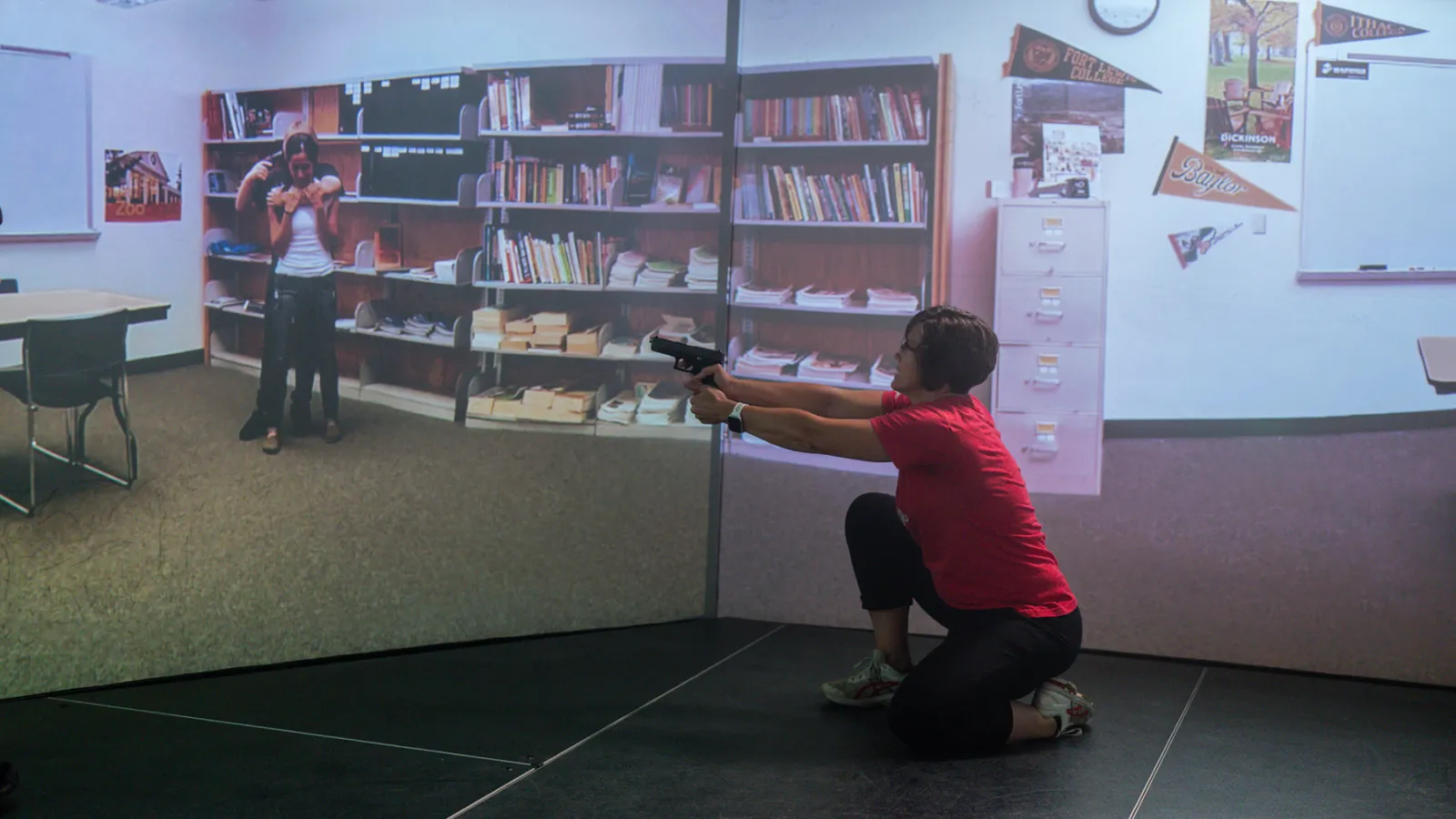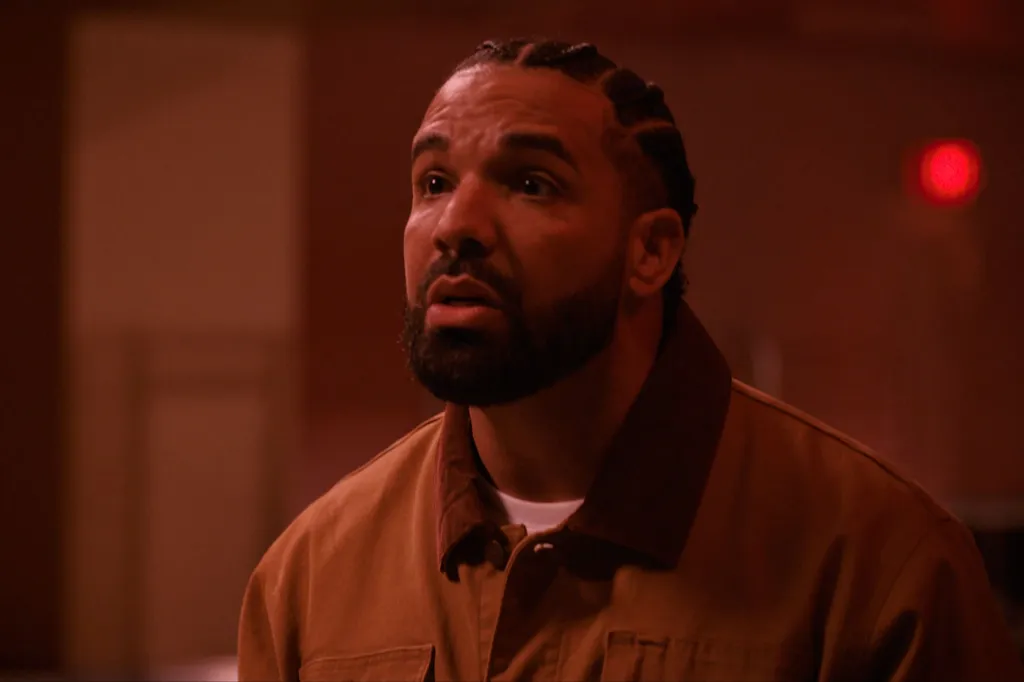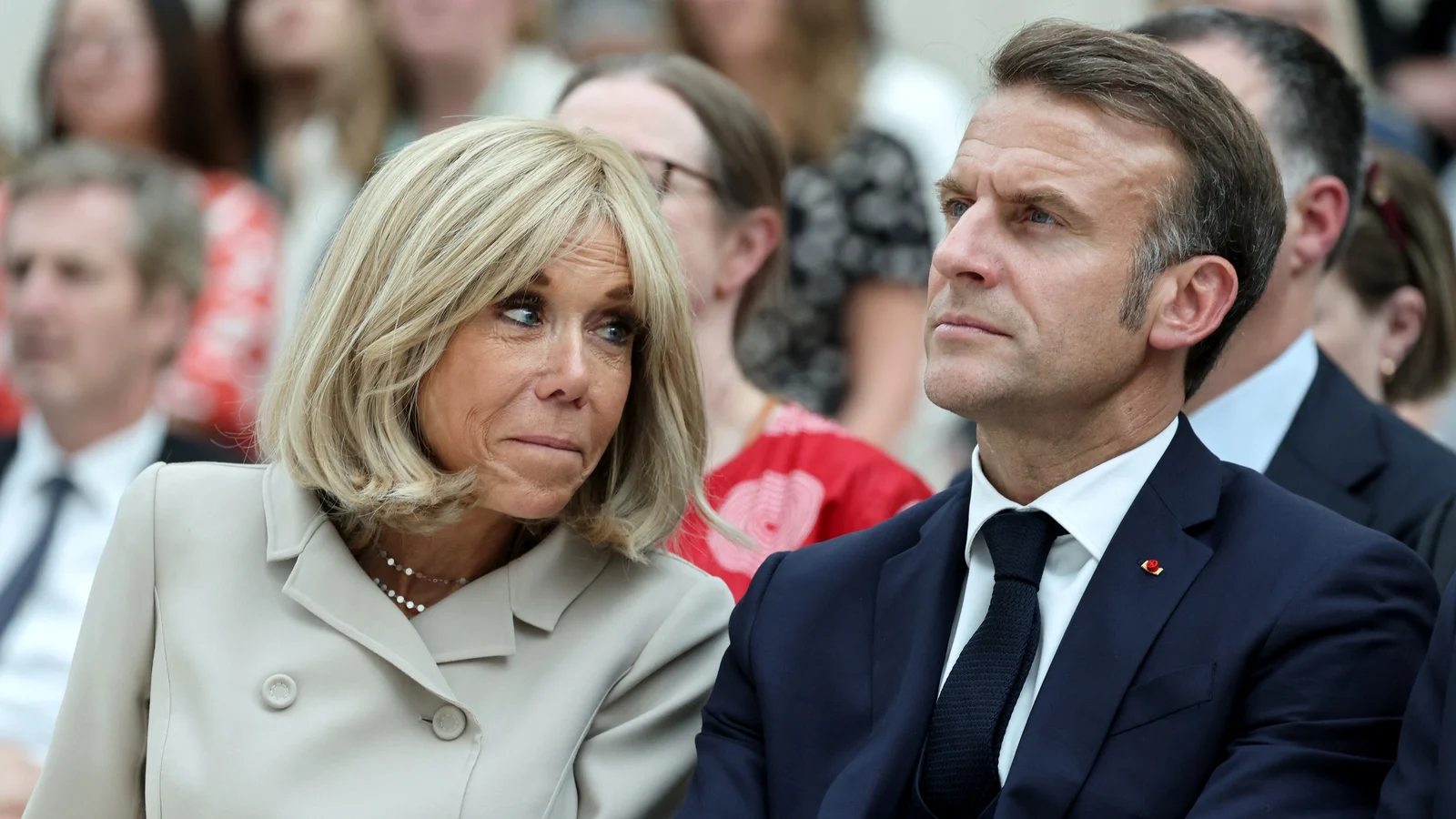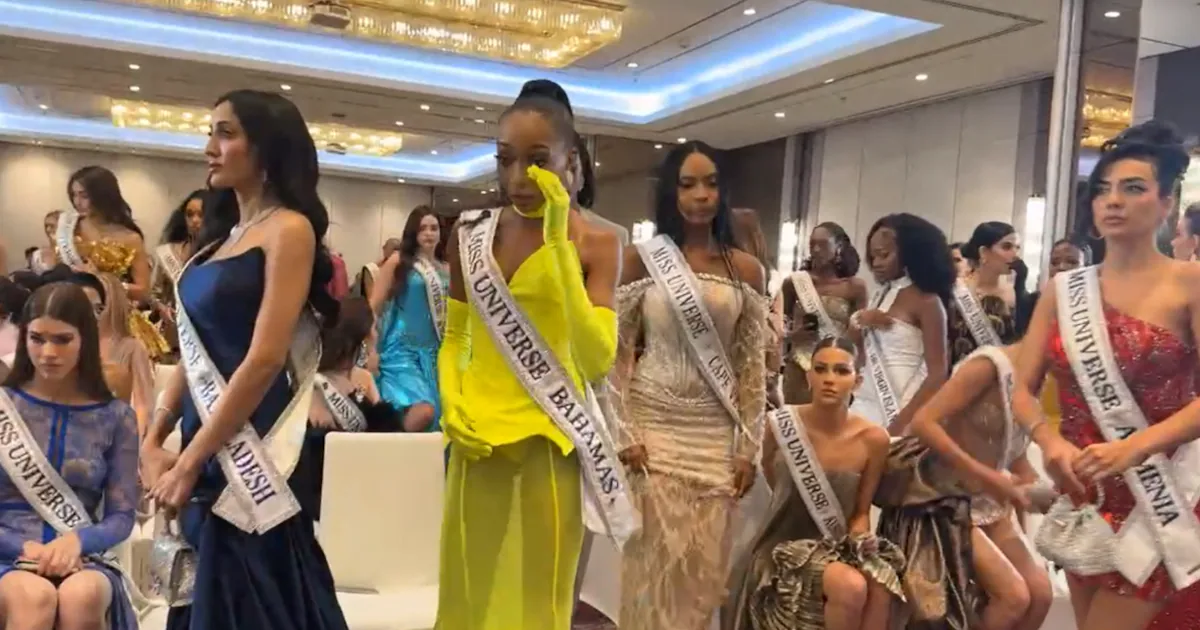Copyright Rolling Stone

“In retrospect, Sandy Hook marked the end of the U.S. gun control debate,” British columnist Dan Hodges wrote in 2015. “Once America decided killing children was bearable, it was over.” The post has since been shared on X over 150,000 times, and with good reason. The number of mass shootings per year in the United States has been rising over the past decade, and in that time the gun death rate among children and teens has risen over 100 percent. Guns are now the leading cause of death for the nation’s kids. Americans are growing numb to gun-related tragedies, including at schools, and meaningful reform seems like a pipe dream. There are lawmakers and advocacy groups fighting admirably to enact legislation, but barring some dramatic reconfiguration of Congress and its priorities, the fight feels lost. It’s difficult to swallow that school shootings are simply part of life in America, disasters that are rare, but for which precautions must still be taken. Thoughts and Prayers, a new documentary premiering Nov. 18 on HBO, has done the swallowing, and in just under 90 minutes gives an intensive tour of the dystopian morass of military-grade preparedness drills, innovations in school-hardening technology, and children who have accepted that any day a gunman could massacre them and their friends, and forces the viewer to digest it. “This is the reality. This isn’t happening; this has happened,” Zackary Canepari, one of the two filmmakers behind the project along with Jessica Dimmock, tells Rolling Stone. “Our definition of safety has shifted, and these are now the terms which America has decided to live inside of.” Thoughts and Prayers isn’t a typical gun-violence documentary, with talking heads trying to diagnose the mass shooting epidemic and tear-jerking interviews with victimized families. The film, which Canepari and Dimmock say began as a still photography project, is largely impressionistic. Scenes from high school football games are juxtaposed with clips of anti-shooter product demos, set to the film’s haunting, operatic score. We hear the voice of a high school girl who is about to participate in a hyper-realistic active-shooter drill explain how she feels about it — how she’s “nervous” but knows “it’s fake” — over footage of the manufacture of prosthetic gunshot wounds that will be used in the drill. There’s a lot of slow motion, slow zooms, and holding the camera on faces and images for an uncomfortable length of time. Editor’s picks “We wanted this to be visceral,” Dimmock says. “We wanted people to really live in these experiences. I think a hard aspect with gun-violence films is that you don’t want to look at this stuff, and so trying to film it in a way where it’s beautiful but also unsettling was the fine line we were trying to balance.” The film explores a reckoning that is taking place in schools, not in Congress. There’s a brief montage of lawmakers arguing over gun control, but that’s it, the suggestion being that nothing productive is going to come out of Washington and communities are on their own. This being America, the private sector is there to help — or something like that. The actual efficacy of the products and services coming out of the $3 billion active-shooter preparedness industry is unclear. The majority of Americans want drills in schools, but how best to go about them is up for debate, as is what can be done to prevent, or at least mitigate the effect of, school shootings. Thoughts and Prayers begins with a string of people pitching their products to the camera, from various alarms, to bulletproof window shutters, to a dog-like robot that can deploy smoke screens, to a three-foot by five-foot ballistic shield. “A kid at an elementary school would be able to pick this up and run the rest of the students out [of the room] with coverage,” the salesperson says. The film highlights the absurdity of all of this by showing footage of the sellers fumbling with their products, or taking time to get their thoughts straight before making their pitch. It’s funny, to a point. “Every time there is a shooting, we see an uptick in business,” says a man who sells bulletproof skateboards, among other products. “Every time there is a tragedy, it economically benefits my family. It’s not what I wanted. We could be a $300 million company by the time this documentary airs.” Related Content The tactical training feels no less ridiculous, as we see special forces veterans walking teachers through how to use a firearm. It’s brutal to hear one educator talk about how she doesn’t want to have to think about weapons, but signed up for the training because she knows the threat of a shooter is real. It’s even more heartbreaking when we then hear from a middle school girl who says she really wants to be an elementary school teacher when she grows up, but that a “frustrating” part of her dream is how she will have to train for active-shooter scenarios. The kindly teachers and innocent children running through training drills stand in stark contrast to the hardened combat veterans doing the training. “A lot of it is designed by former military and ex-law enforcement, so it’s this very skewed perspective about human society danger,” Canepari says. “Not a lot of it is coming from people that have spent 30 years in classrooms. It’s a lot of people who are back from two tours in Afghanistan and have decided to take what they learned in war zones and apply it to the American classroom.” Is any of this doing any good? The idea of a teacher doing a barrel-roll to snipe an active shooter, or a child grabbing a tactical vest and escorting their peers through gunfire to safety seems far-fetched, to say the least, yet it’s the type of response they’re being trained to carry out. “You can practice all you want for these scenarios, but the scenarios are changing all of the time,” Canepari says. “I think being able to prepare for every single eventuality is very, very hard.” It feels wrong to say the fight for gun control is finished, but those at risk have no choice but to prepare for the worst as Congress offers little more than sympathy in response to mass shootings. Thoughts and Prayers approaches the issue solely from the perspective of the communities, and the markets, responding this inaction, and doesn’t take a hard political position on gun control or anything else. “We wanted to present it in a way that any parent, teacher, and adult person with a brain could watch it and feel there was objectivity in it,” Dimmock says, noting that she does, however, “very much want lawmakers to see this film.” It’s a novel approach aimed at wresting viewers out of the “complacency,” as Canepari puts it, toward mass shootings that has led to the dystopia outlined in the film. He and Dimmock have spent years immersing themselves in the world of active-shooter preparedness, and though they recognize it as the new normal, it doesn’t mean they have to accept it. “I feel really angry that this is what we’re living with,” Dimmock says. “There is a rage I feel that this is the best we can do, that the best we can do is tell our kids from pre-K on a few times a year that they should squat under their desks and get items to throw at someone, because at some point someone could come into their school and shoot them.” The most chilling moment of the film may come when a former Green Beret who conducts active-shooter training essentially scolds people like Dimmock who feel kids shouldn’t have to live in constant fear. “What people don’t understand is that the average, base-level human being on this planet is violent, superstitious, and savage,” he says. “People think, ‘Oh, I shouldn’t have to do violence.’ What makes you think you’re so superior to everything else in nature?” Trending Stories The line is followed by several young children he’s trained explaining to the camera what they’ve learned about how to disarm a gunman. “My default is when in doubt I go toward the side of reality,” the former Green Beret continues. “How are you going to prepare a kid for reality if you’re afraid to show them what it truly is?” Thoughts and Prayers presents this new reality — in which special forces veterans must harden middle school children and chemistry teachers for violence — without much comment, because it doesn’t really need any. “It doesn’t take much to realize that this is not the sign of a healthy society,” Dimmock says.



